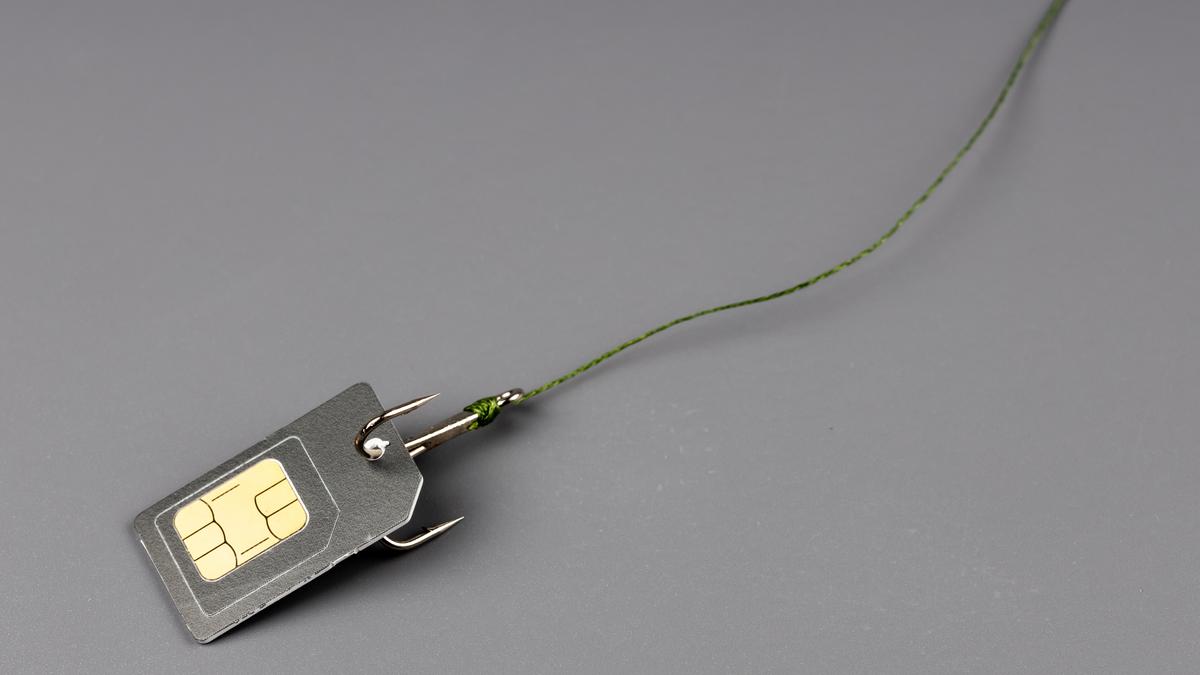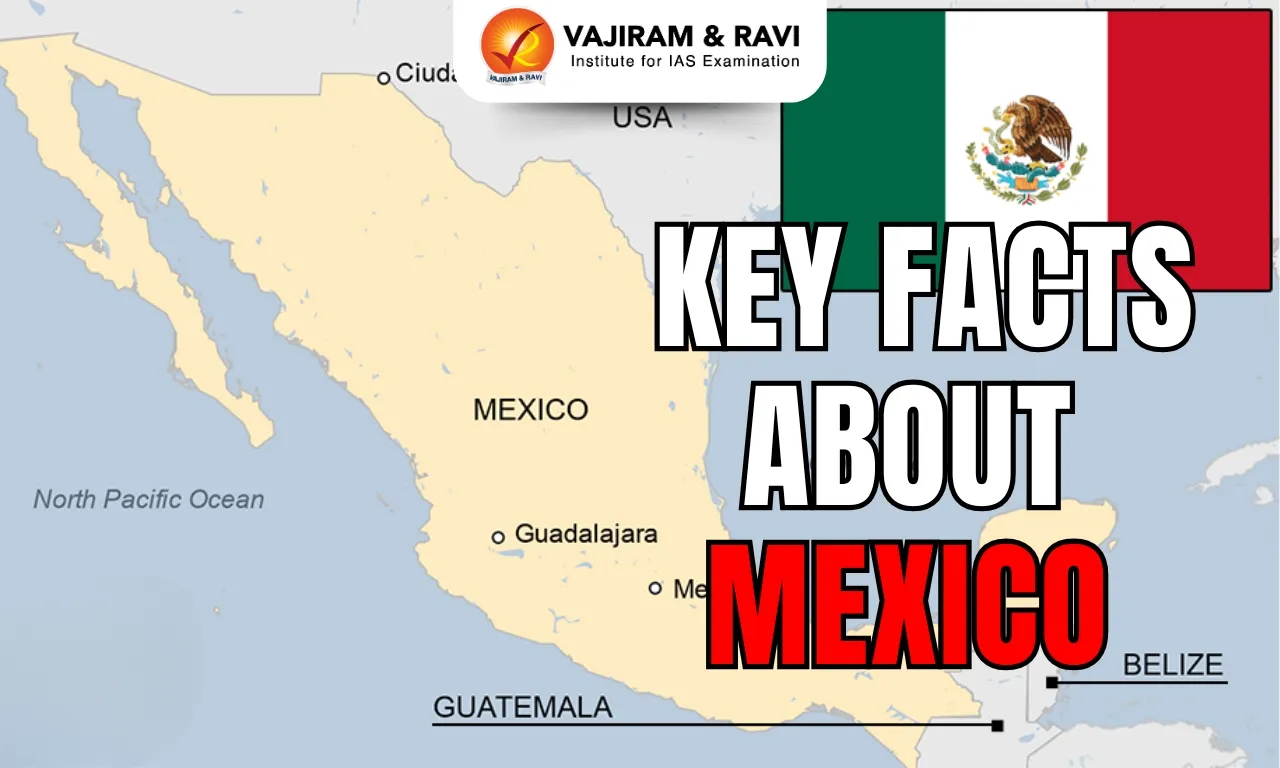About Subscriber Identification Module (SIM) card
- It is an integrated circuit, or a microchip that identifies the subscriber on a given network.
- In order for a mobile phone to connect to any cellular network that follows the Global System for Mobile Communications (GSM) standard, a SIM card is mandatory.
- This relationship is established using a unique authentication key – a piece of data that a user needs to ‘unlock’ access to the network.
- Every SIM card stores this data and it is designed such that the user can’t access it through their phone.
- Instead, signals sent by the phone into the network are ‘signed’ by the key, and the network uses the signature to understand whether the phone’s connection is legitimate.
- SIM cards also store information about its own ID number (the integrated circuit card identifier), the IMSI, the subscriber’s location area identity (i.e. their current location), a list of preferred networks (to whom the subscriber can connect when roaming), emergency numbers
How does a SIM card work?
- SIM cards are designed according to the ISO/IEC 7816 international standard maintained by the International Organisation for Standardisation and the International Electrotechnical Commission.
- It applies to electronic identification cards, including smart cards.
- In this standard, the card itself consists of the integrated circuit, which is glued to a silicon substrate on the top side.
- On the other side of the substrate are metal contacts, which form the gold-coloured side of the SIM card.
- Wires connect the integrated circuit from its bottom side to the metal contacts on the top side, and the contacts interface with the phone’s data connectors.
- The metal contacts have a segmented appearance. Each segment is called a pin and has a specific purpose.
- When a subscriber dials a recipient’s number, the phone sends data via the network – signed by the key on the SIM card – to a telephone exchange.
- If the recipient is connected to the same exchange, the network establishes their identity and the call is routed to them.
- If the recipient is ‘located’ elsewhere, a computer connected to the network routes the call there according to the most optimum route.
Q1) What is the International Electrotechnical Commission?
The International Electrotechnical Commission (IEC) is an international organization that develops and publishes voluntary international standards for all electrical, electronic, and related technologies. It is a non-profit organization that was founded in 1906 and is headquartered in Geneva, Switzerland.
Last updated on December, 2025
→ Check out the latest UPSC Syllabus 2026 here.
→ Join Vajiram & Ravi’s Interview Guidance Programme for expert help to crack your final UPSC stage.
→ UPSC Mains Result 2025 is now out.
→ UPSC Notification 2026 is scheduled to be released on January 14, 2026.
→ UPSC Calendar 2026 is released on 15th May, 2025.
→ The UPSC Vacancy 2025 were released 1129, out of which 979 were for UPSC CSE and remaining 150 are for UPSC IFoS.
→ UPSC Prelims 2026 will be conducted on 24th May, 2026 & UPSC Mains 2026 will be conducted on 21st August 2026.
→ The UPSC Selection Process is of 3 stages-Prelims, Mains and Interview.
→ UPSC Result 2024 is released with latest UPSC Marksheet 2024. Check Now!
→ UPSC Prelims Result 2025 is out now for the CSE held on 25 May 2025.
→ UPSC Toppers List 2024 is released now. Shakti Dubey is UPSC AIR 1 2024 Topper.
→ UPSC Prelims Question Paper 2025 and Unofficial Prelims Answer Key 2025 are available now.
→ UPSC Mains Question Paper 2025 is out for Essay, GS 1, 2, 3 & GS 4.
→ UPSC Mains Indian Language Question Paper 2025 is now out.
→ UPSC Mains Optional Question Paper 2025 is now out.
→ Also check Best IAS Coaching in Delhi

















